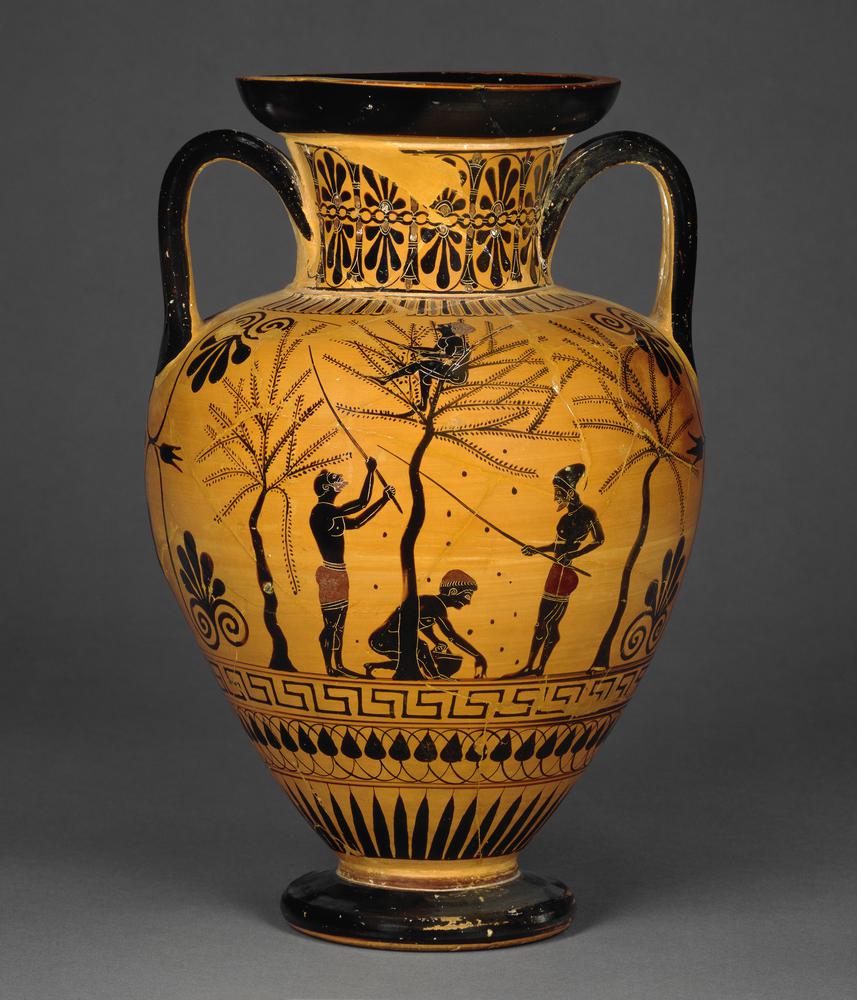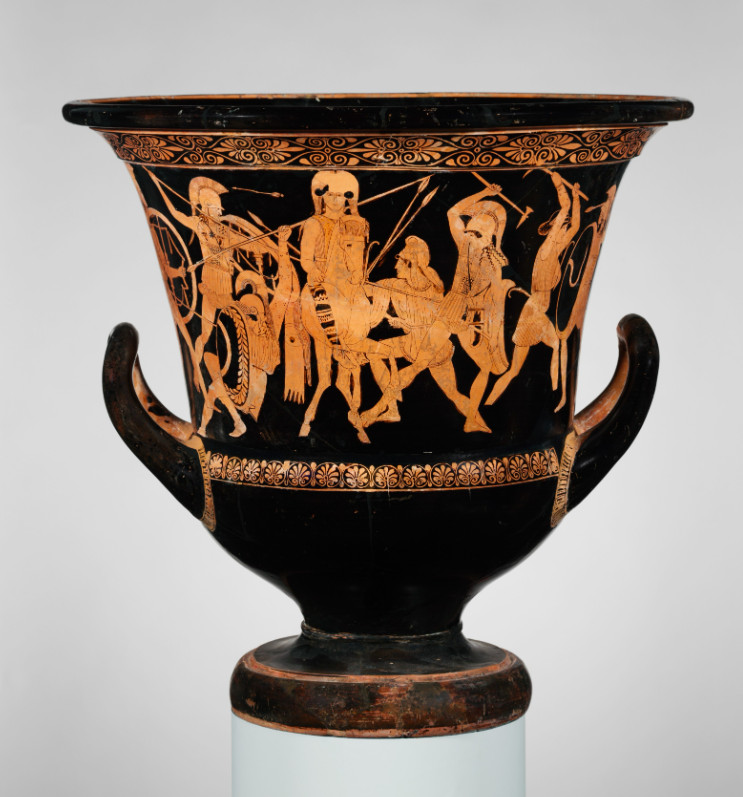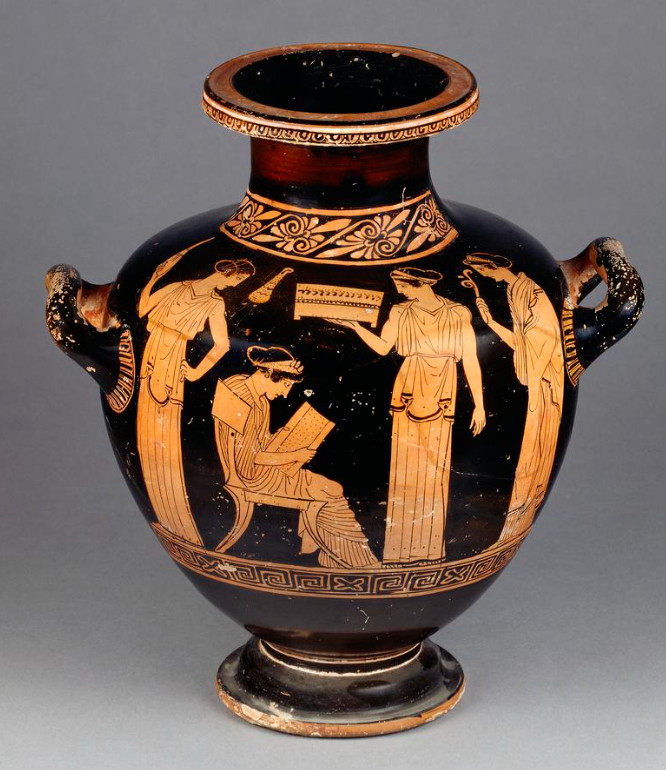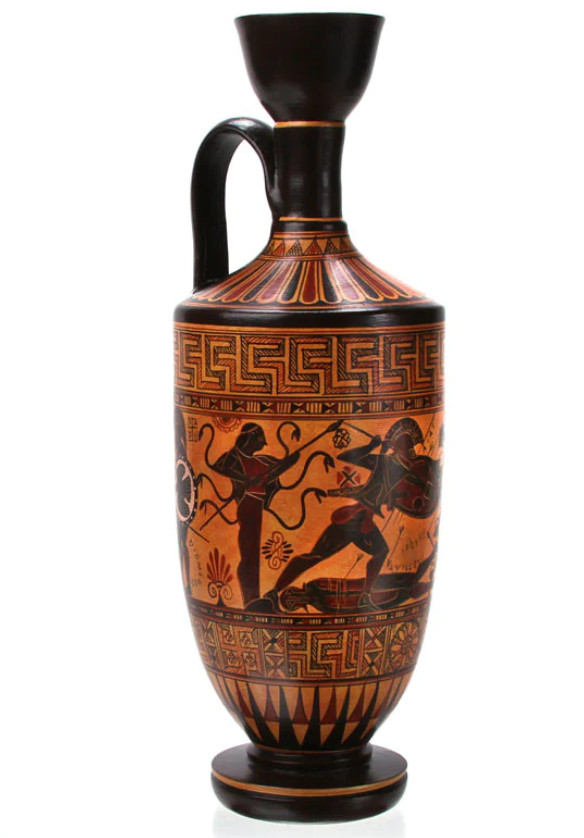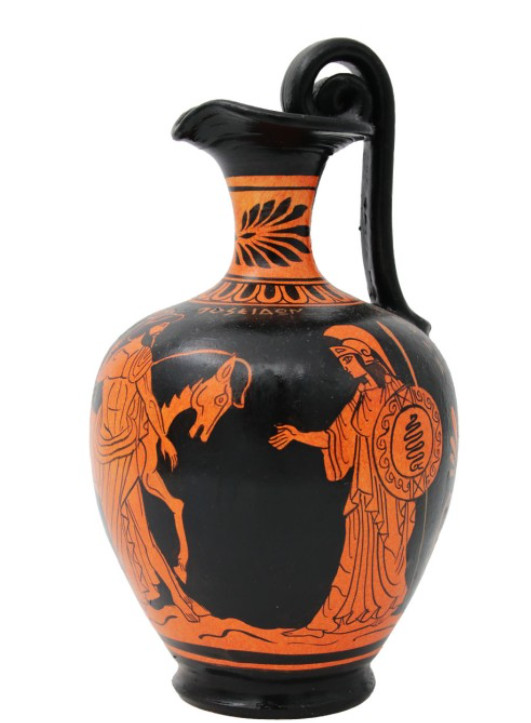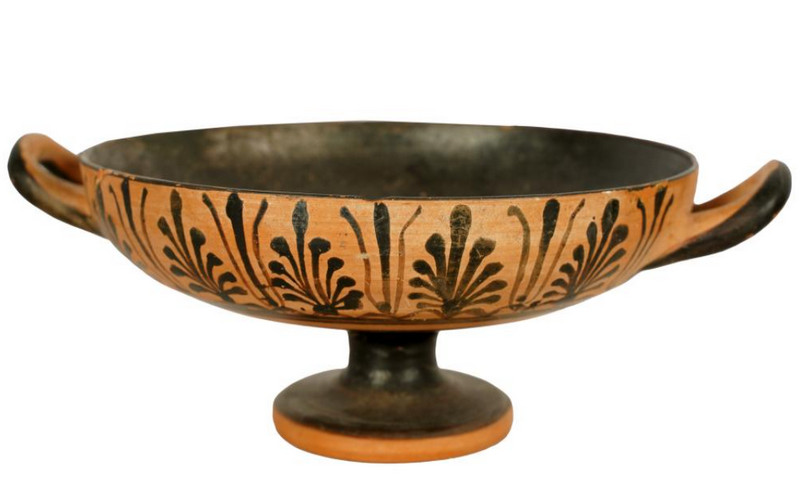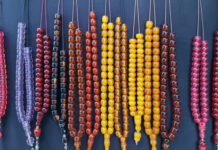The history of Greek vase painting continued without a break from 1000 BC to Hellenistic times. The main center of production was Athens, which was so successful that by the early 6th century BC, it was sending its high-quality black and red-figure wares to every part of the Greek world. The Athenian potter’s quarter of Kerameikos, in the west of the city, can still be visited today. Beautiful works of art in their own right, the painted vases, are the closest we can get to the vanished wall paintings with which ancient Greeks decorated their houses, Although vases could break during everyday use (for which they were intended), a huge number still survives intact of in reassembled pieces.
THE DEVELOPMENT OF PAINTING STYLES
Vase painting reached its peak in the 6th and 5th century BC in Athens. In the potter’s workshop, a fired vase would be passed to a painter to be decorated. Archaeologists have been able to identify the varying styles of many individual painters of both black-figure and red-figure ware.
The red-figure style was introduced in 530 BC. The figures were left in the color of the clay, silhouetted against a black glaze.
VASE SHAPES
Almost all Greek vases were made to be used; their shapes are closely related to their intended use. Athenian potters had about 20 different forms to choose from. Below are some of the most commonly made shapes and their uses.
The amphora was a two-handled vessel used to store wine, olive oil, and foods preserved in a liquid such as olives. It also held dried fruits.
